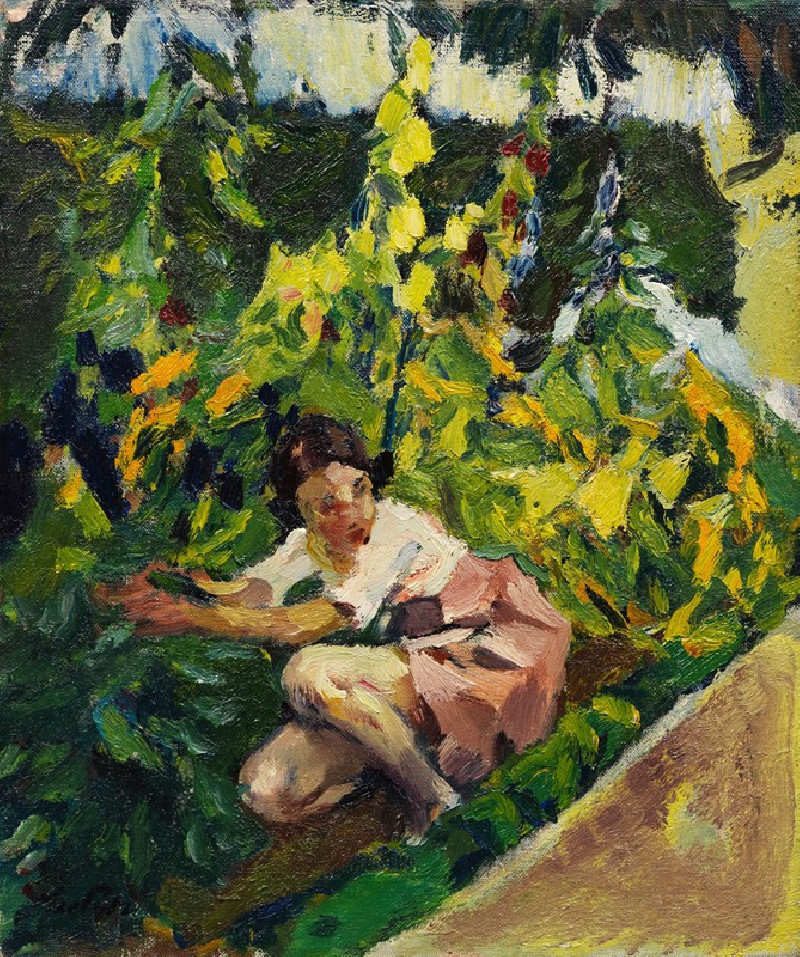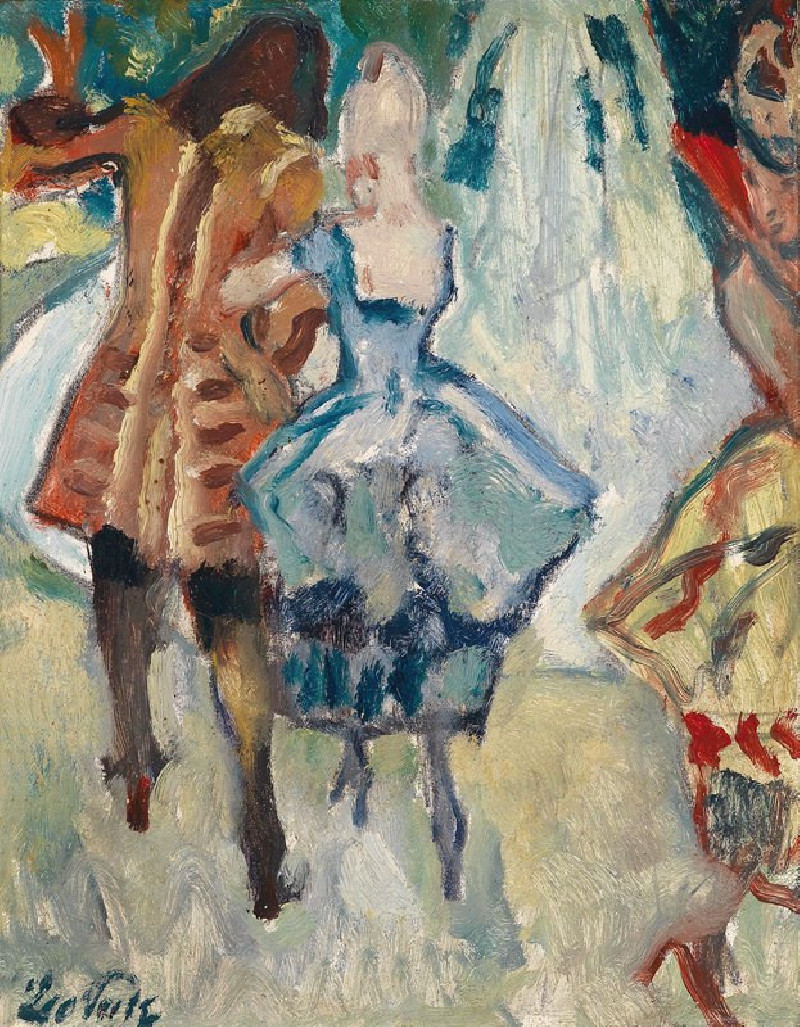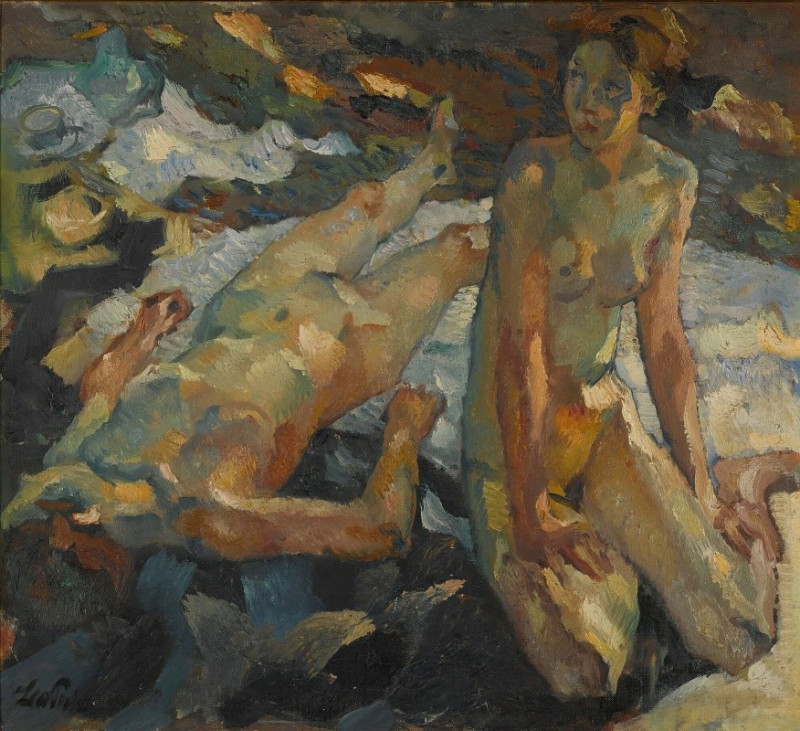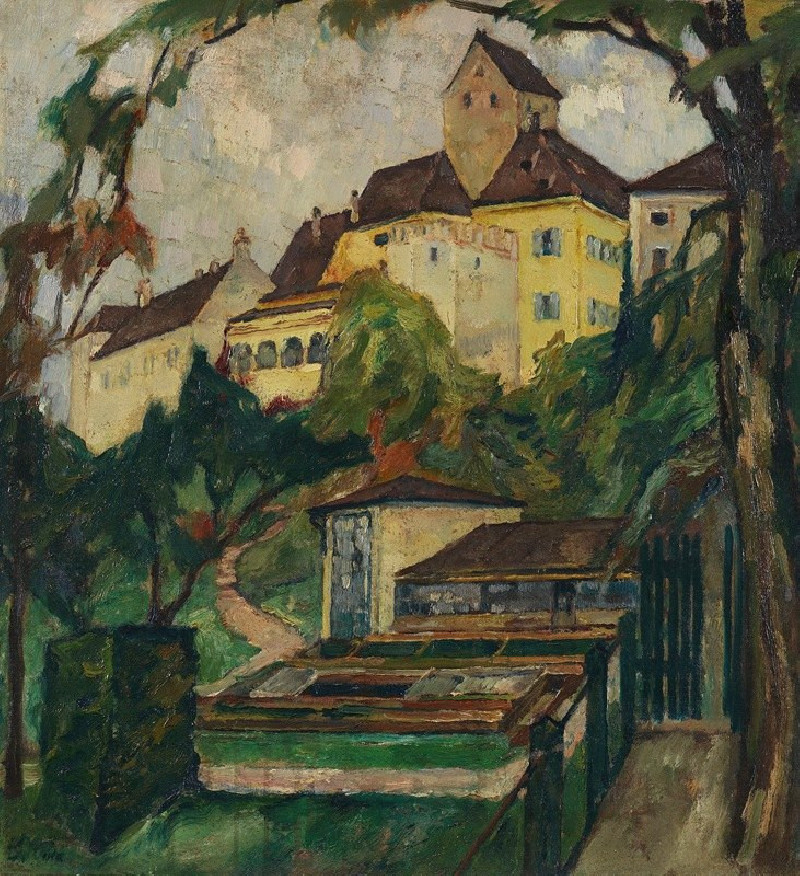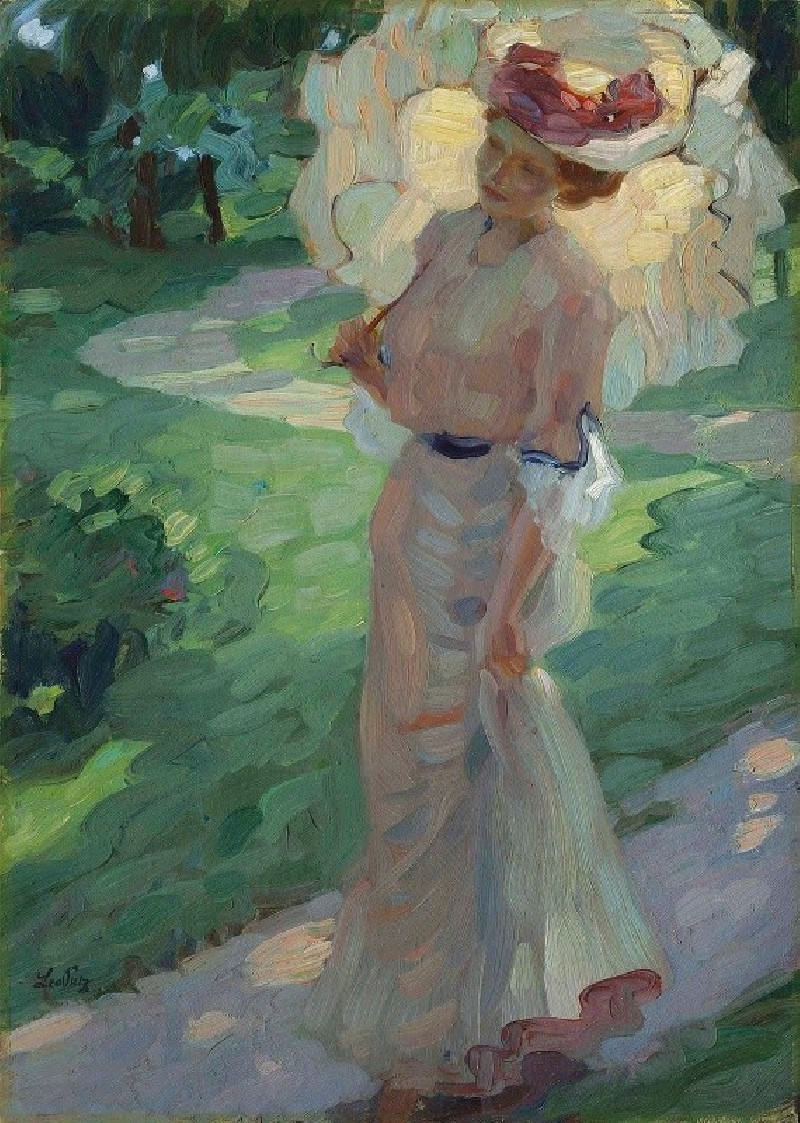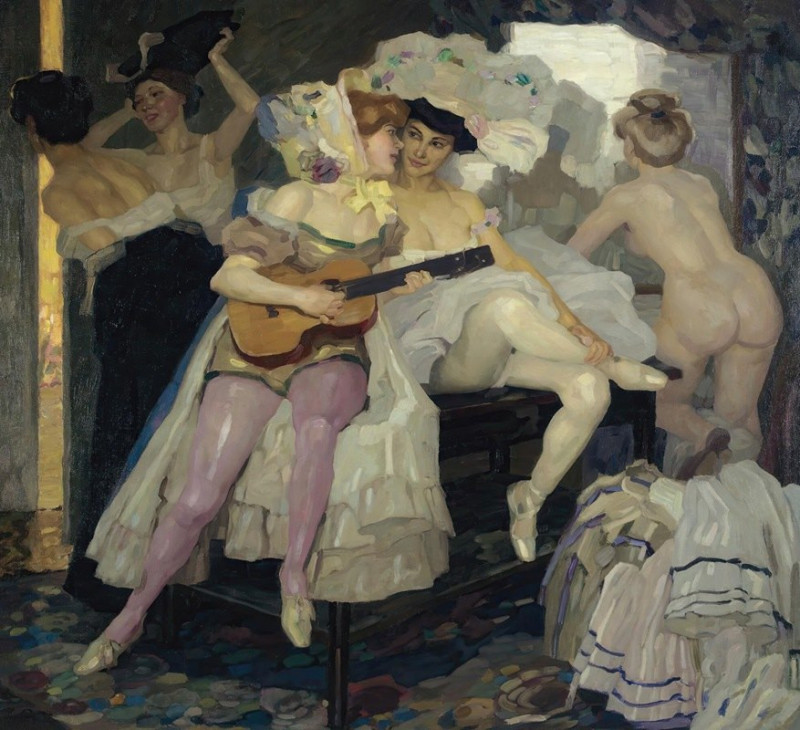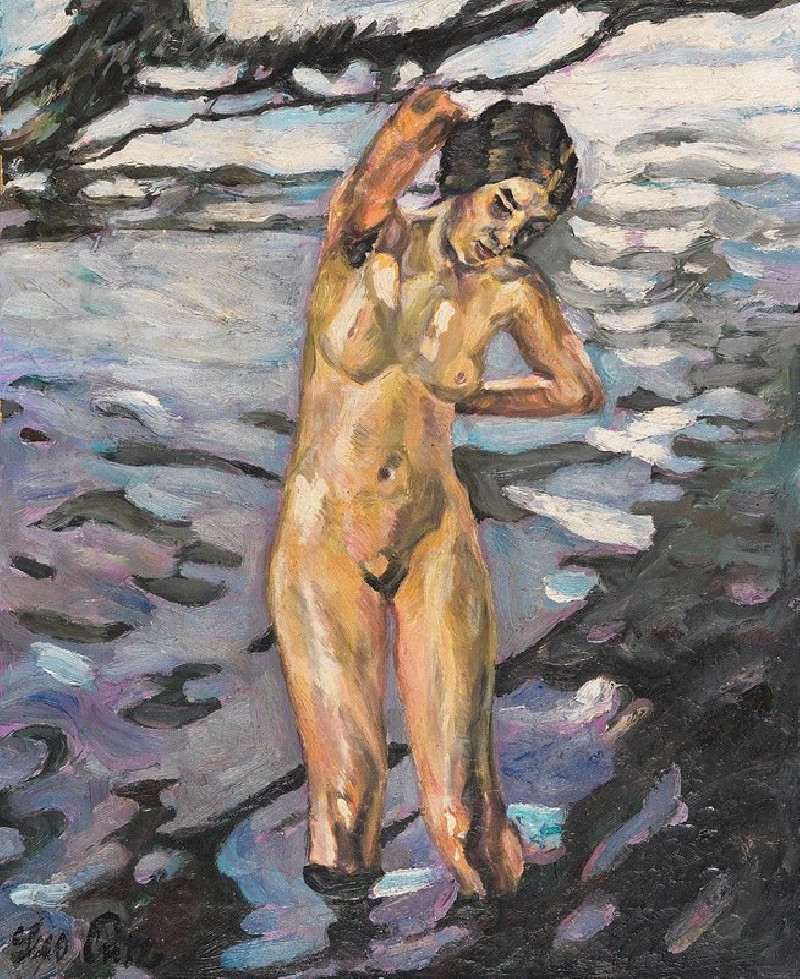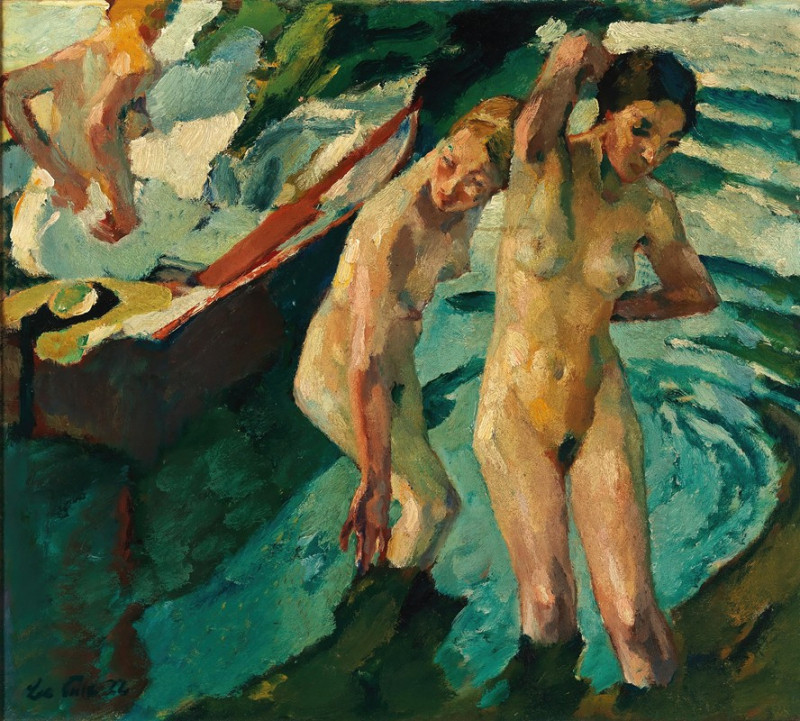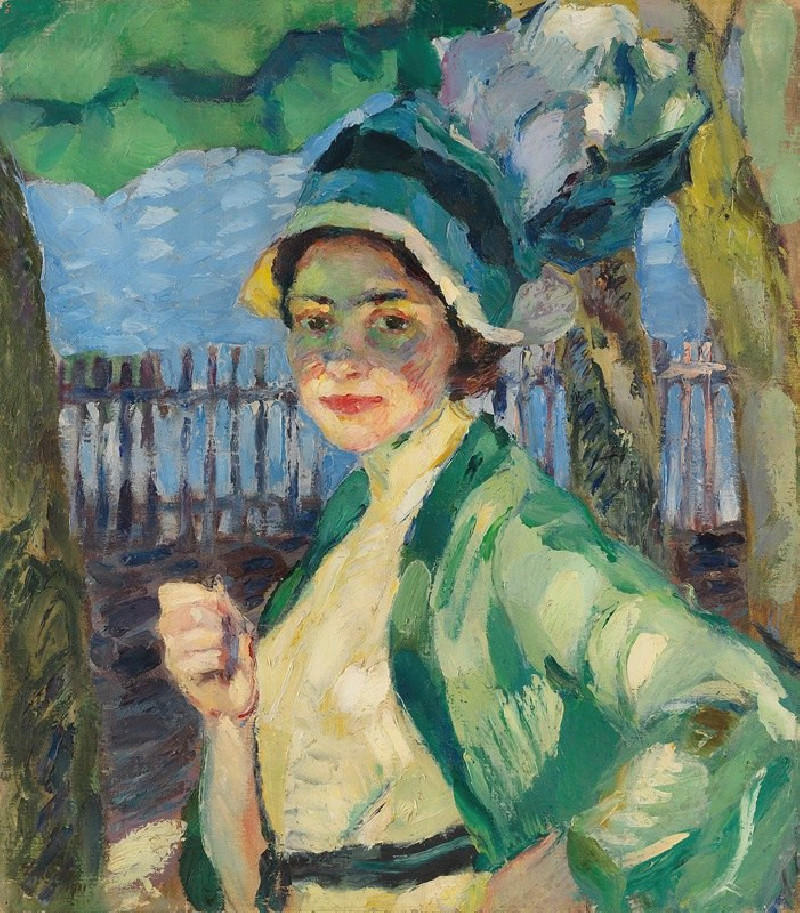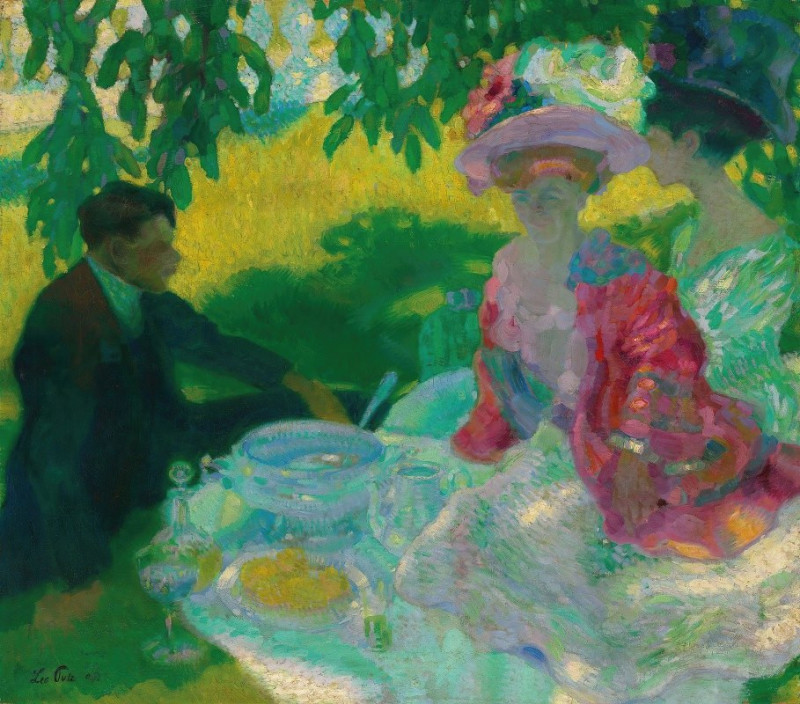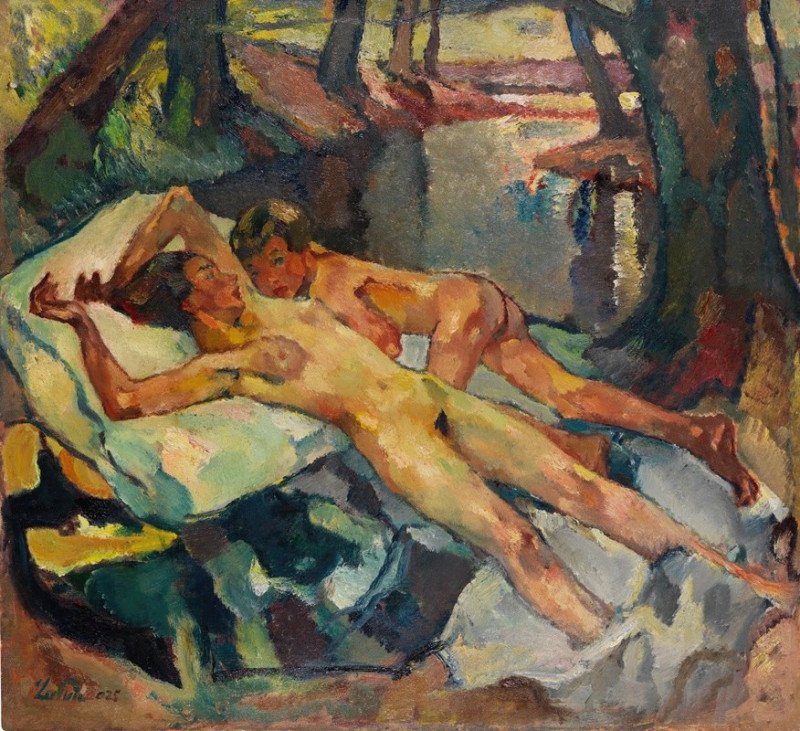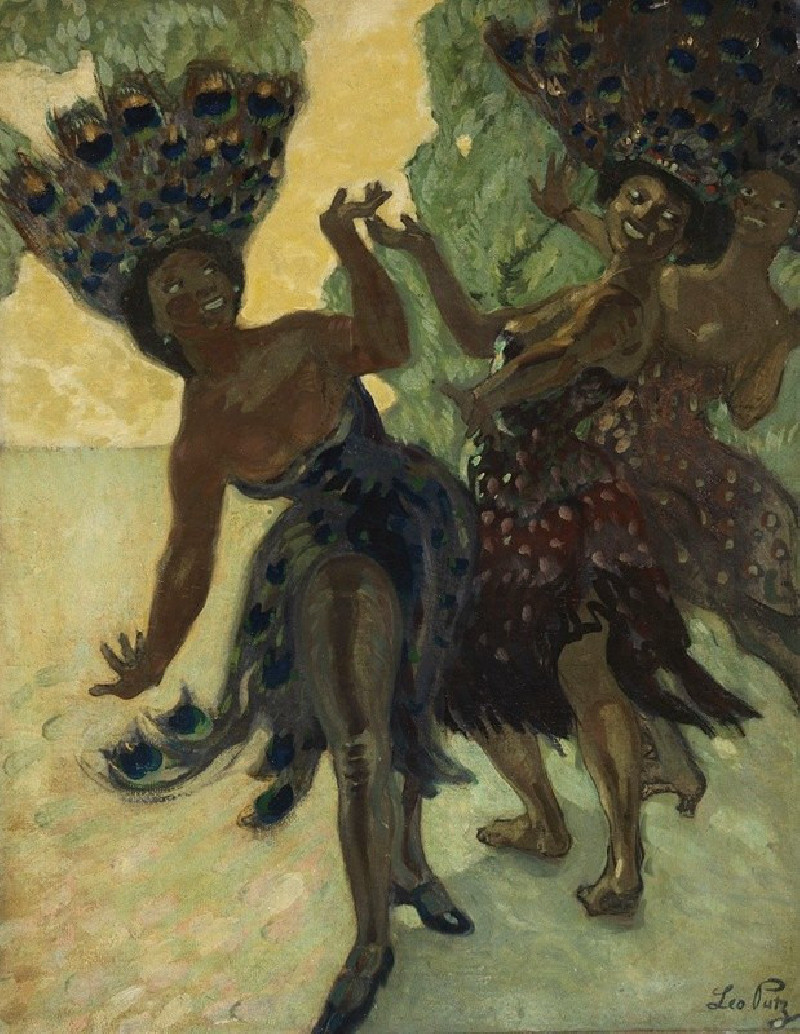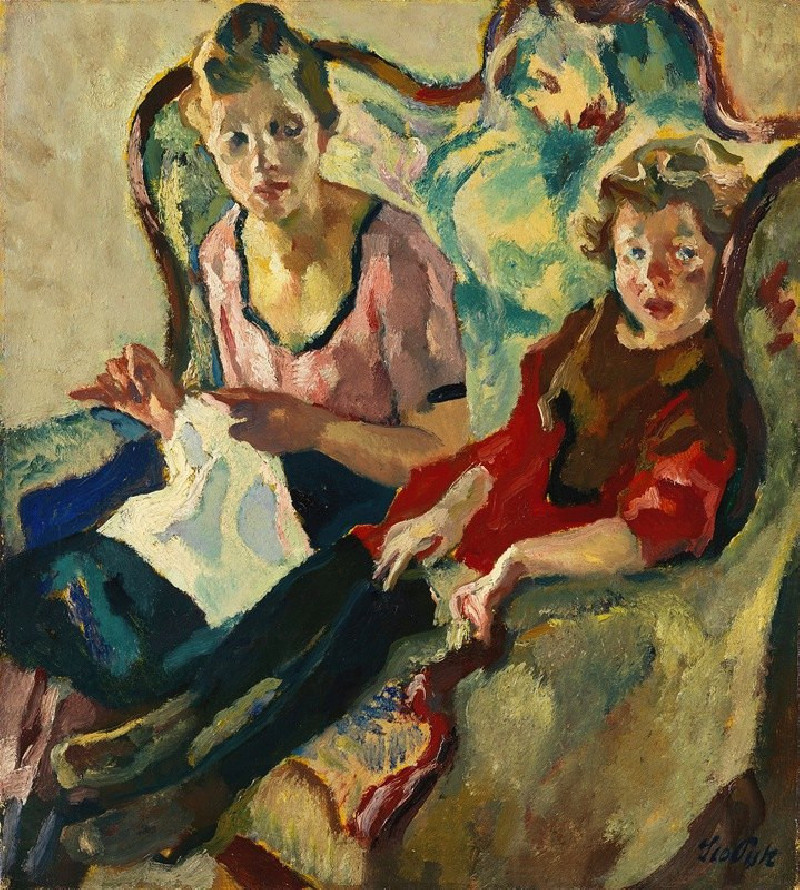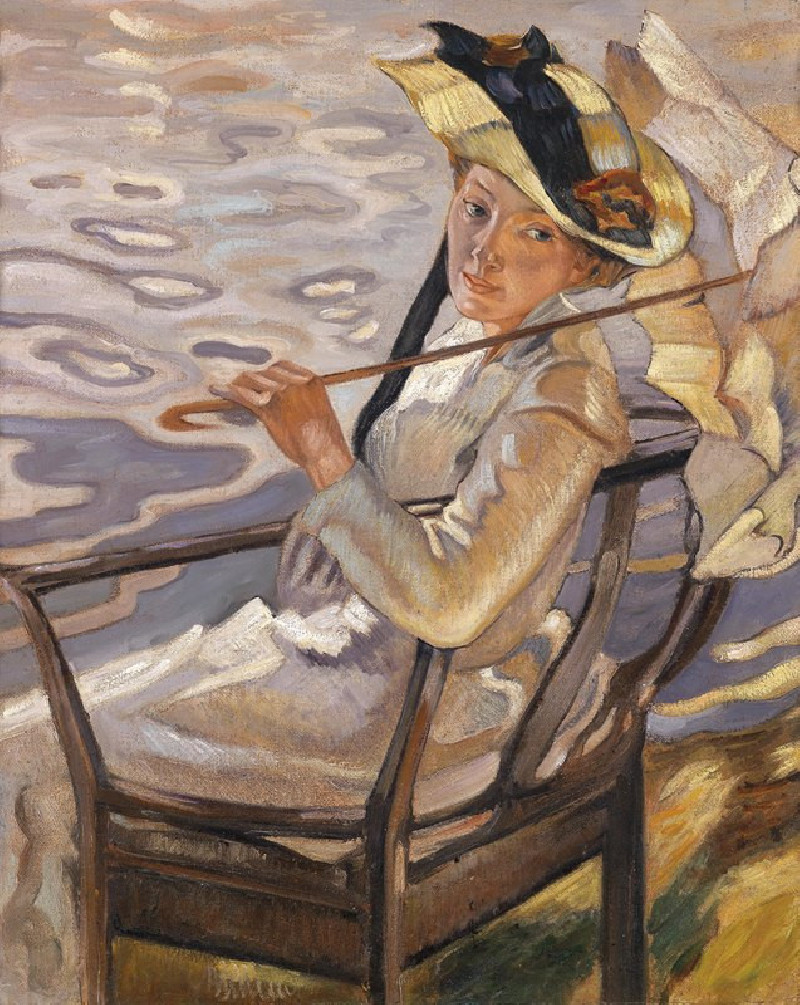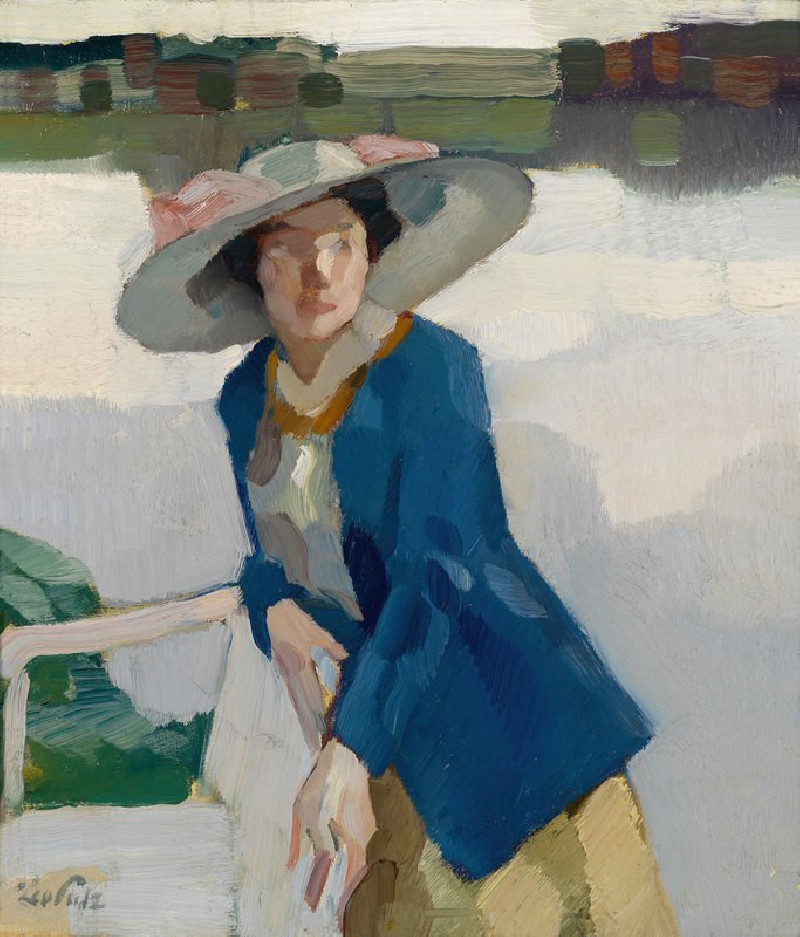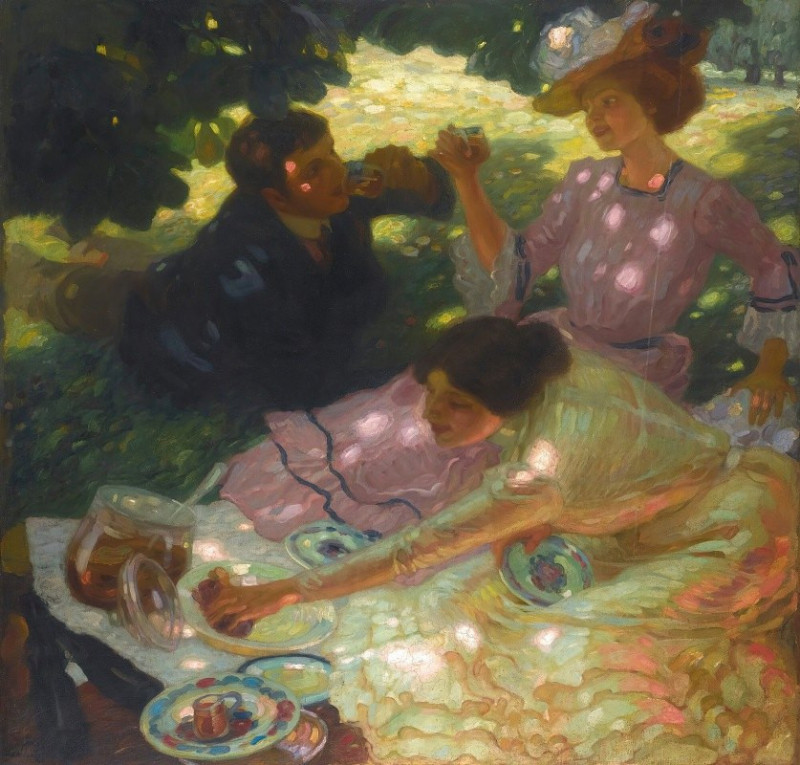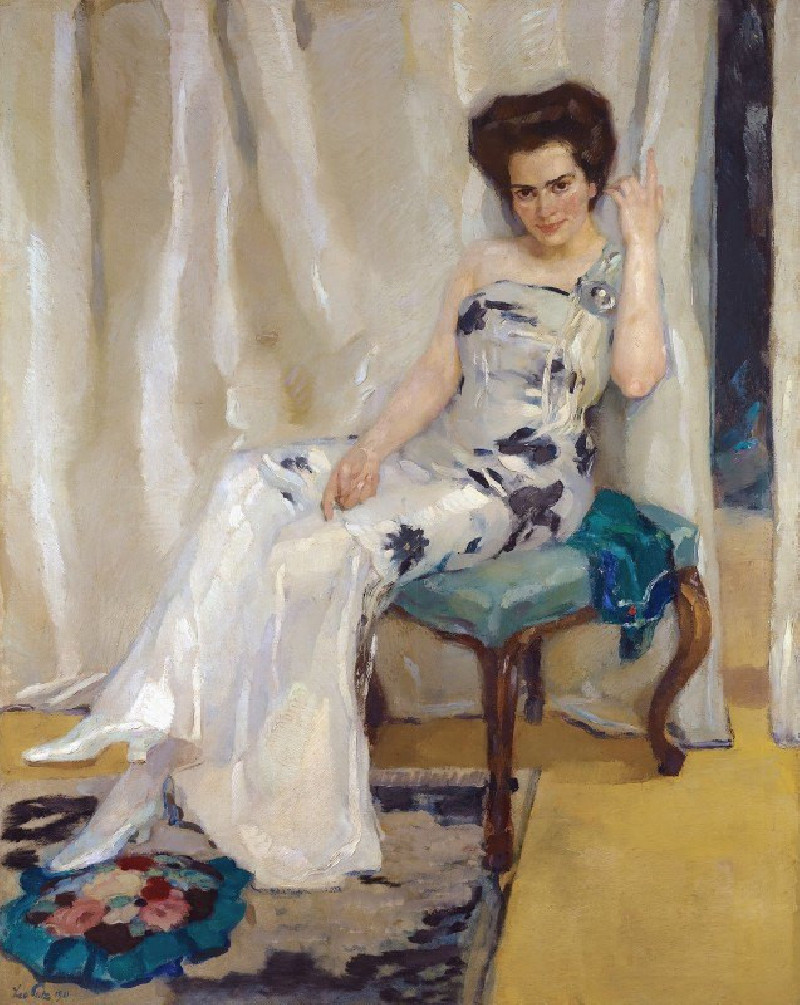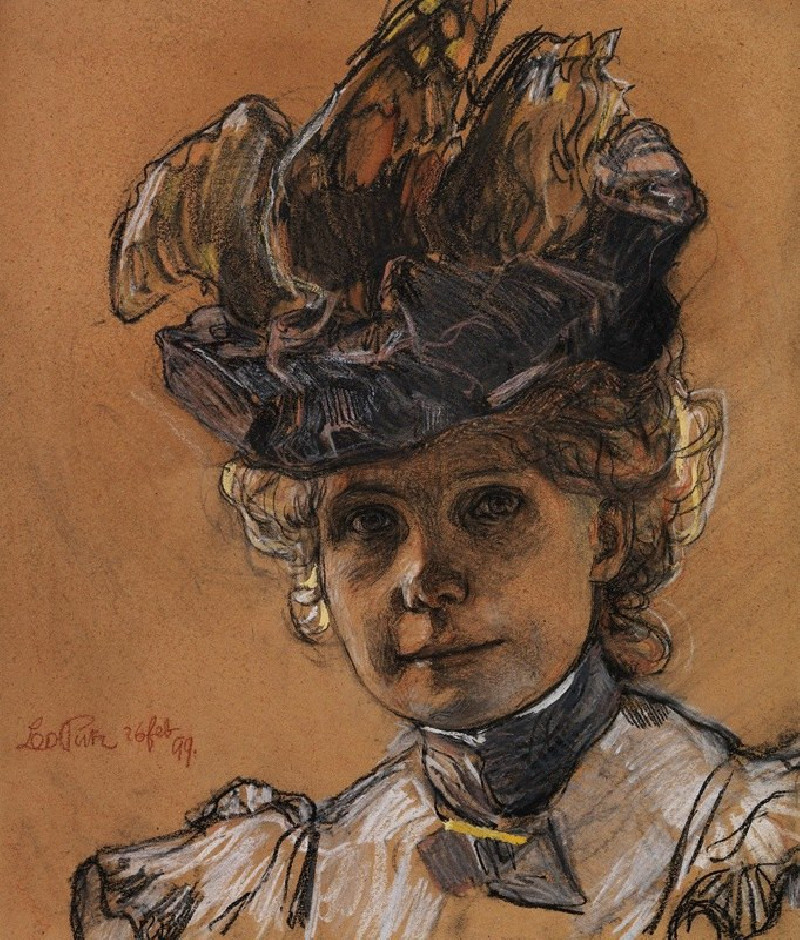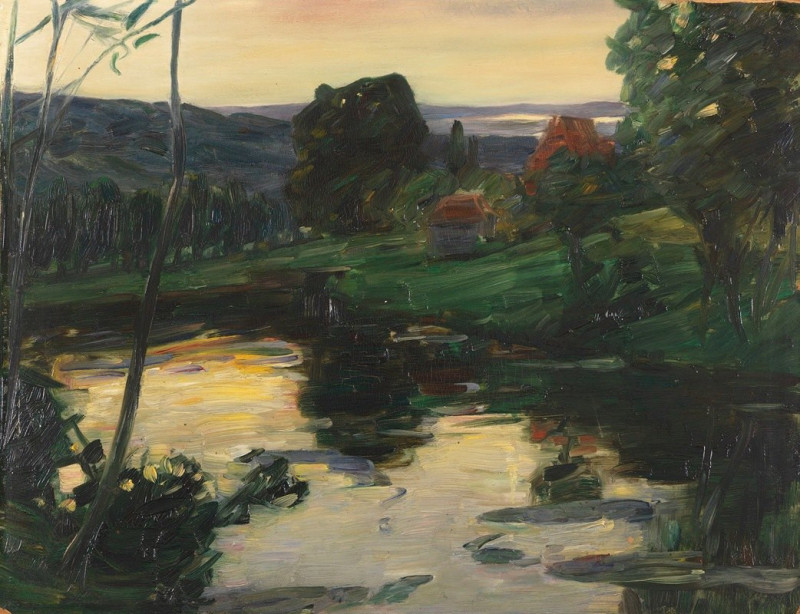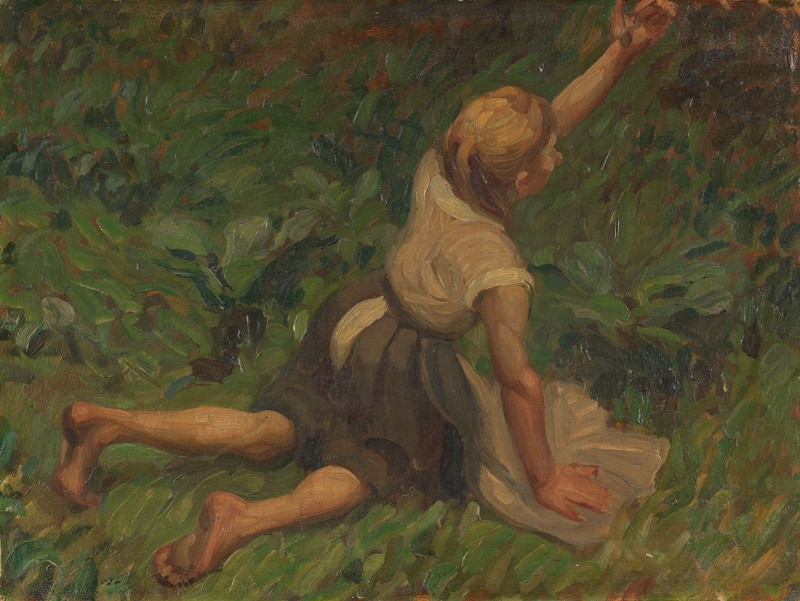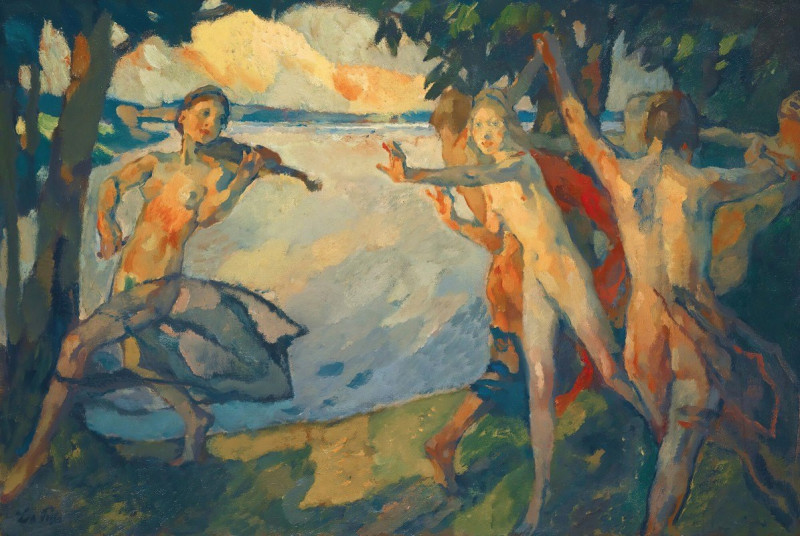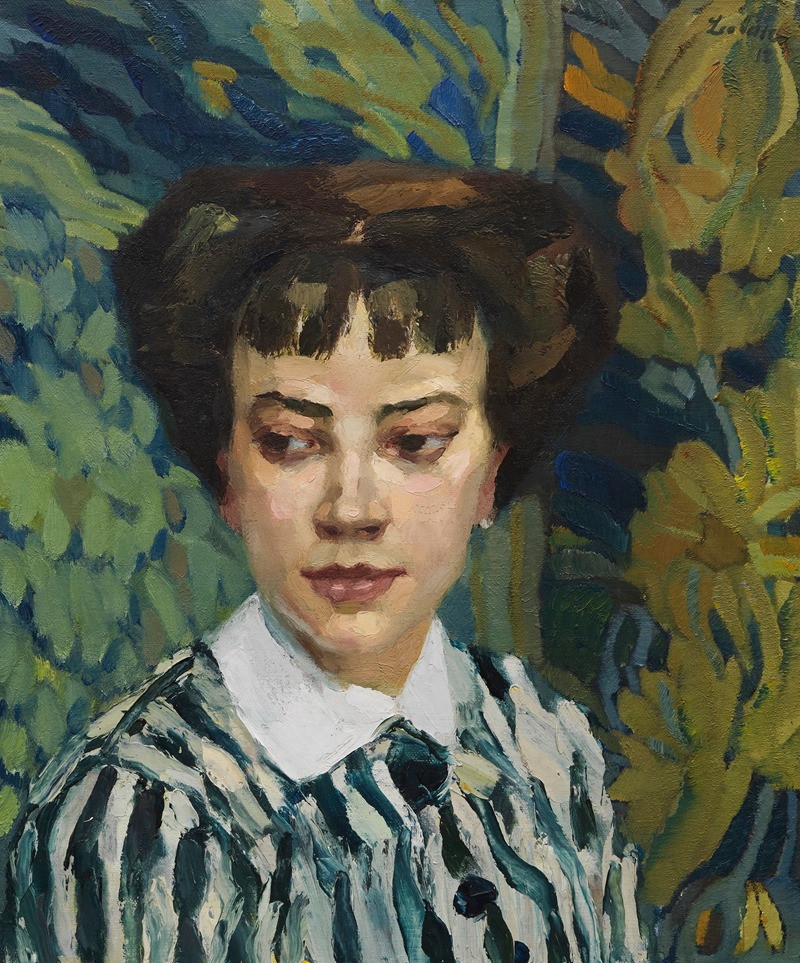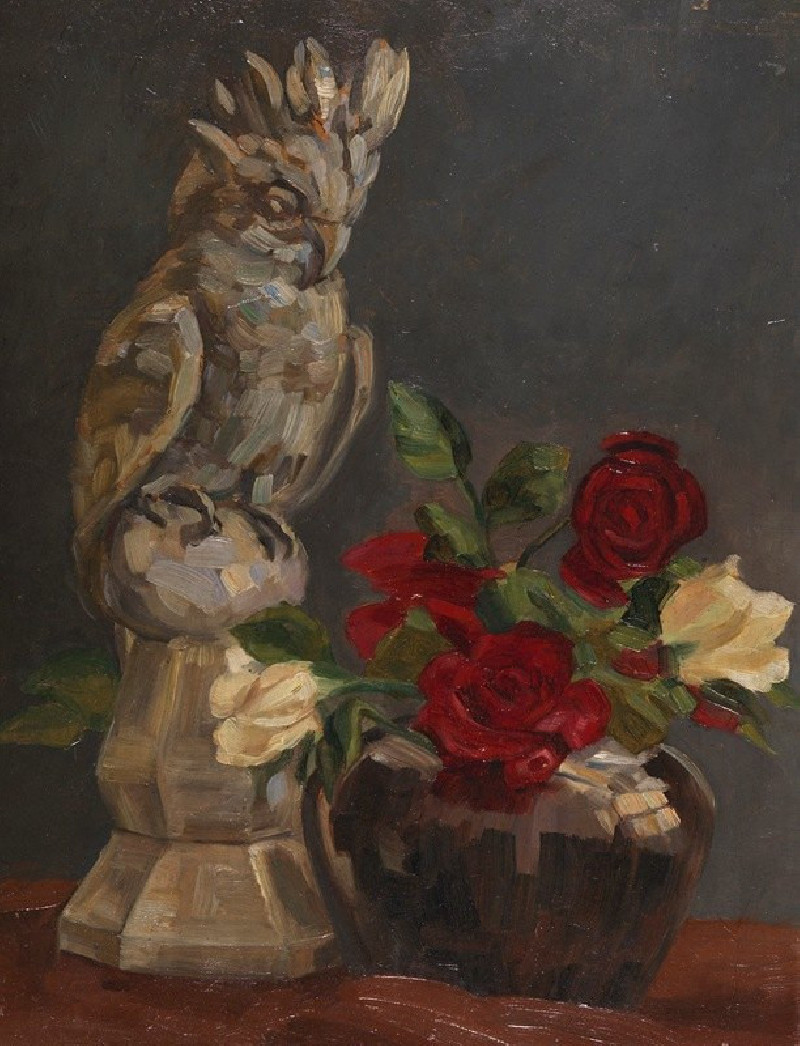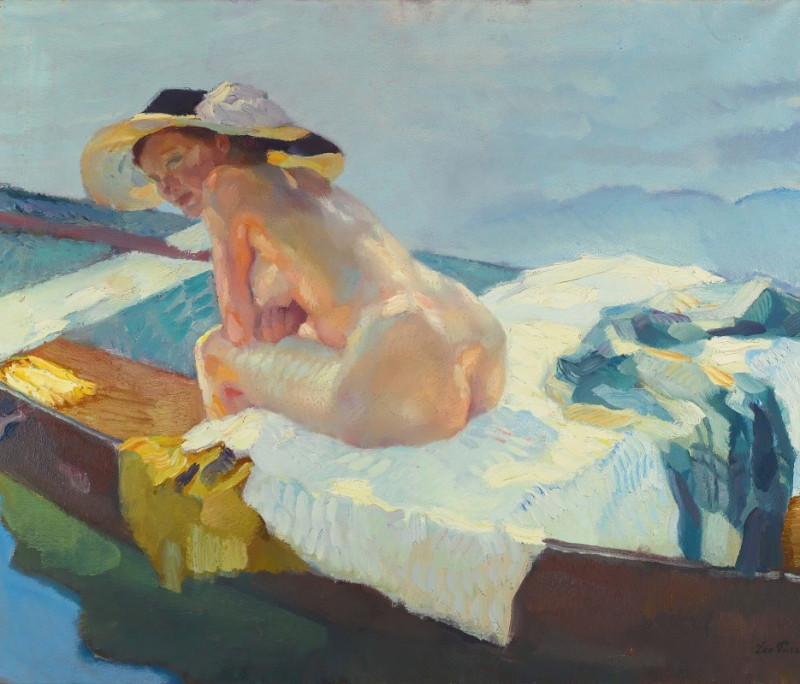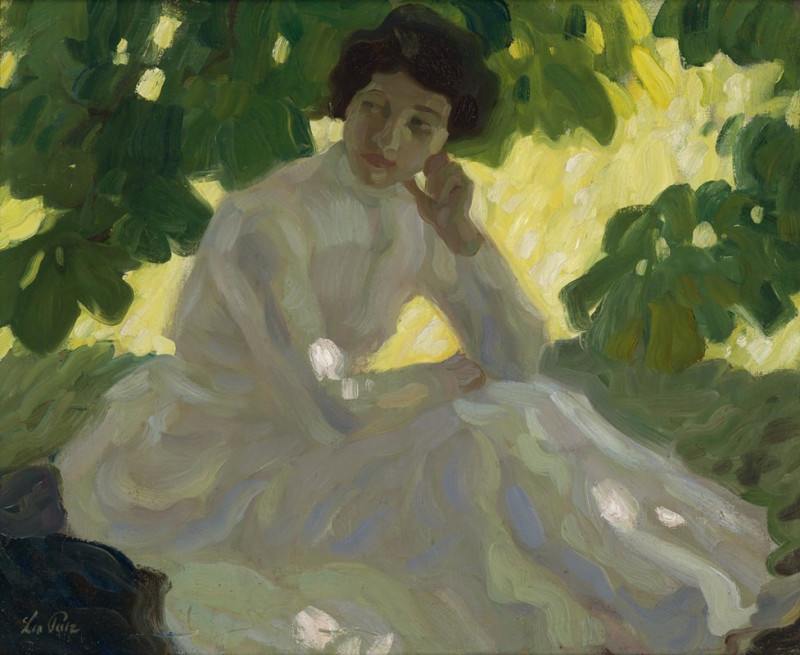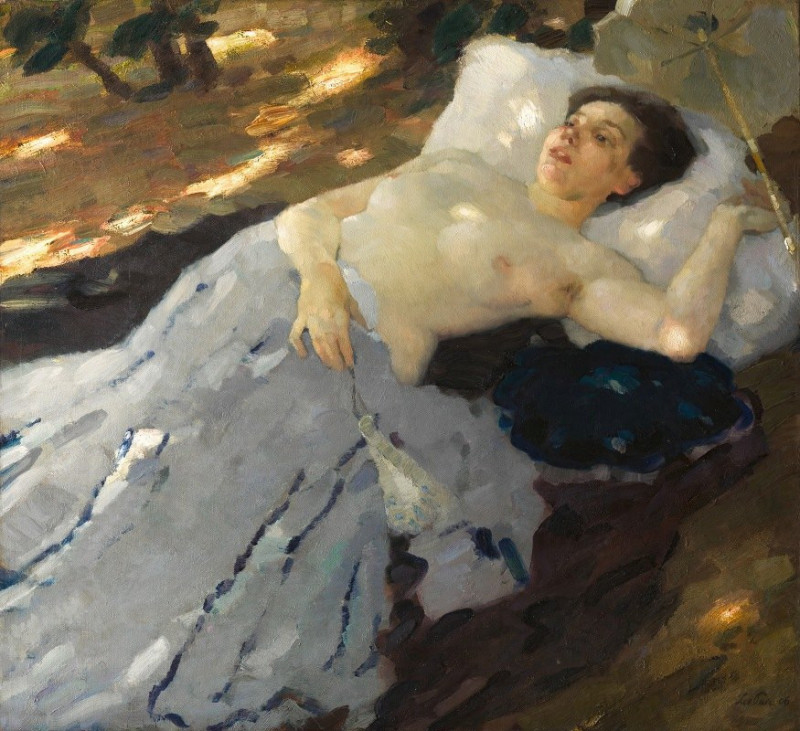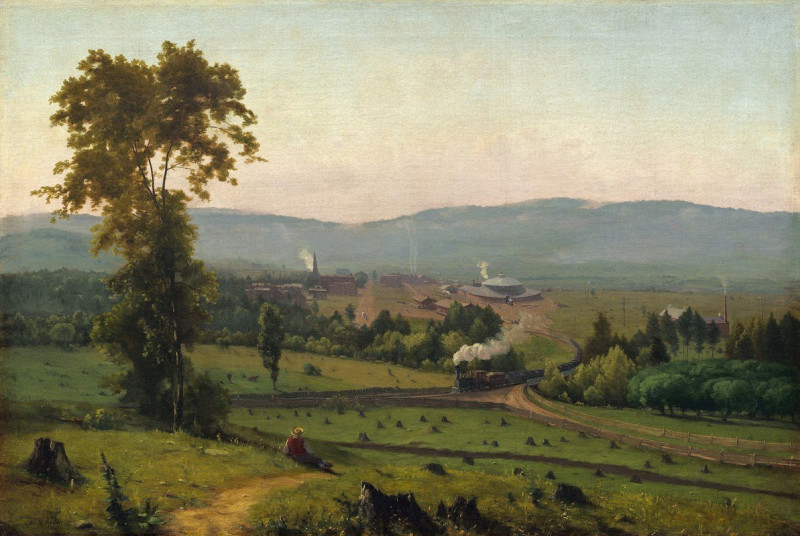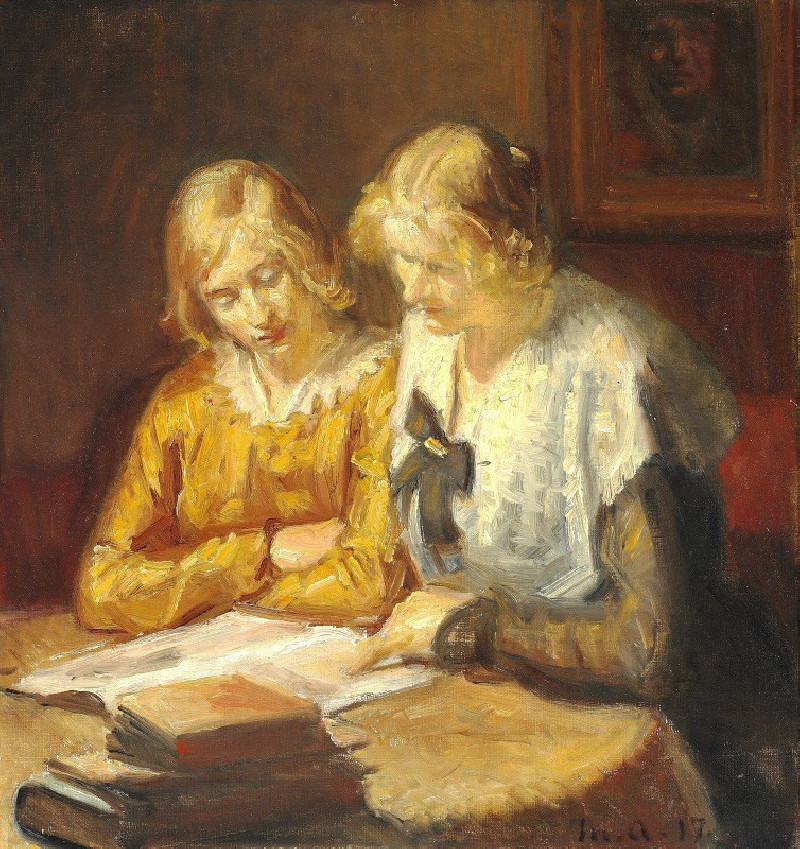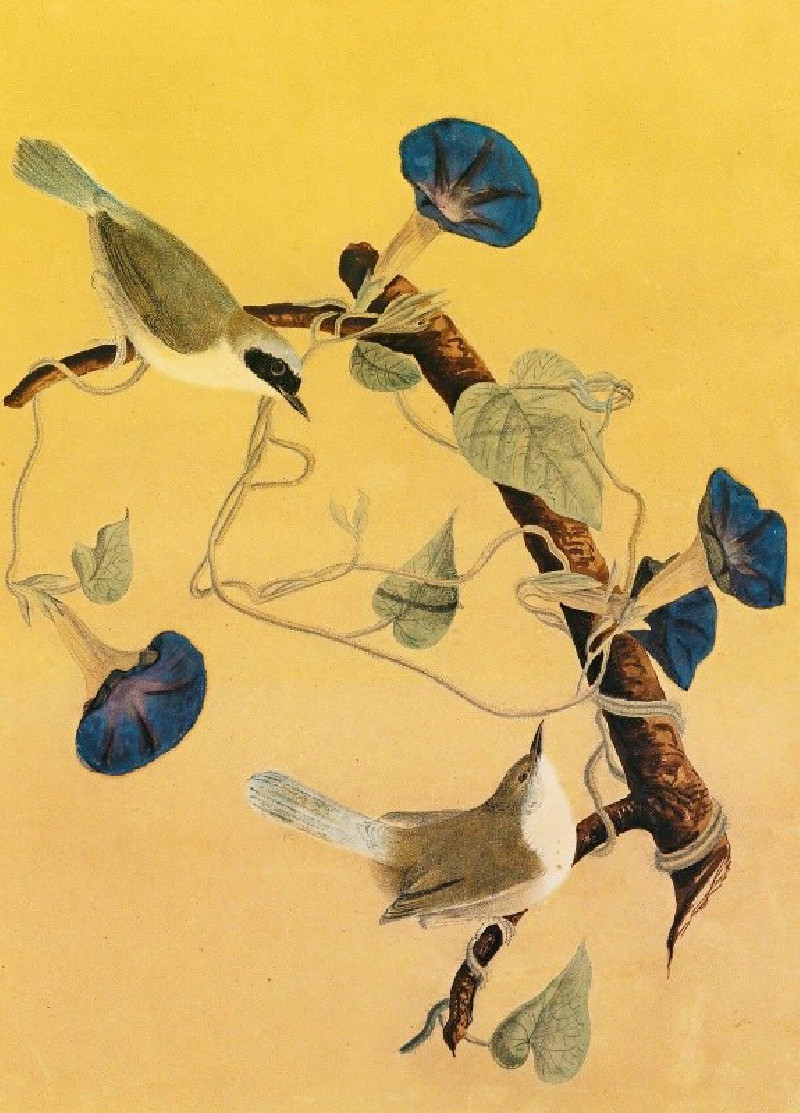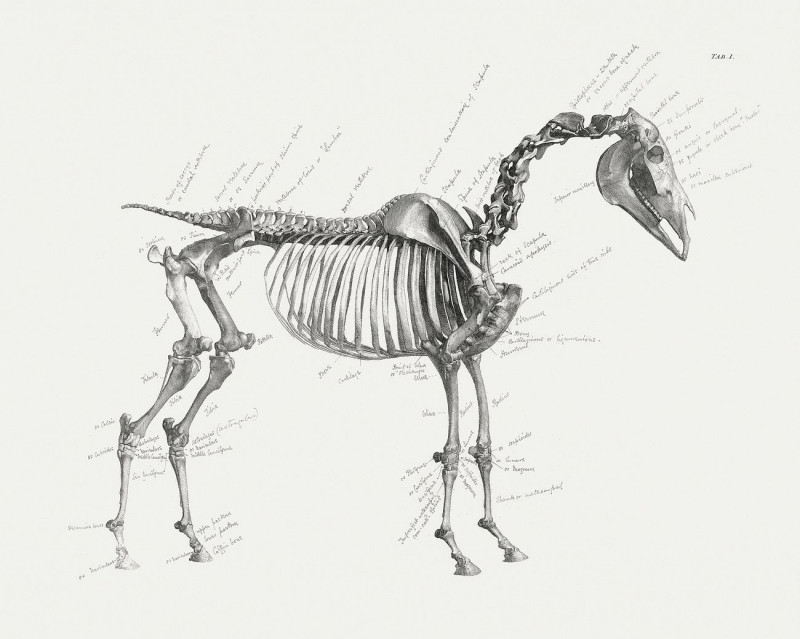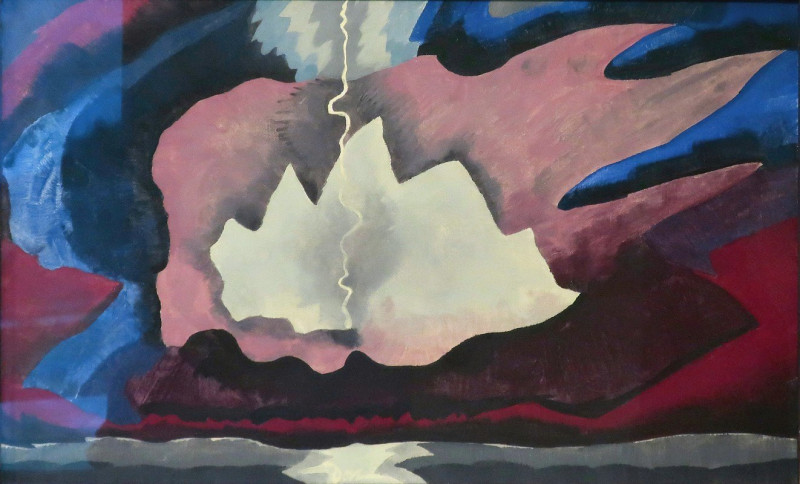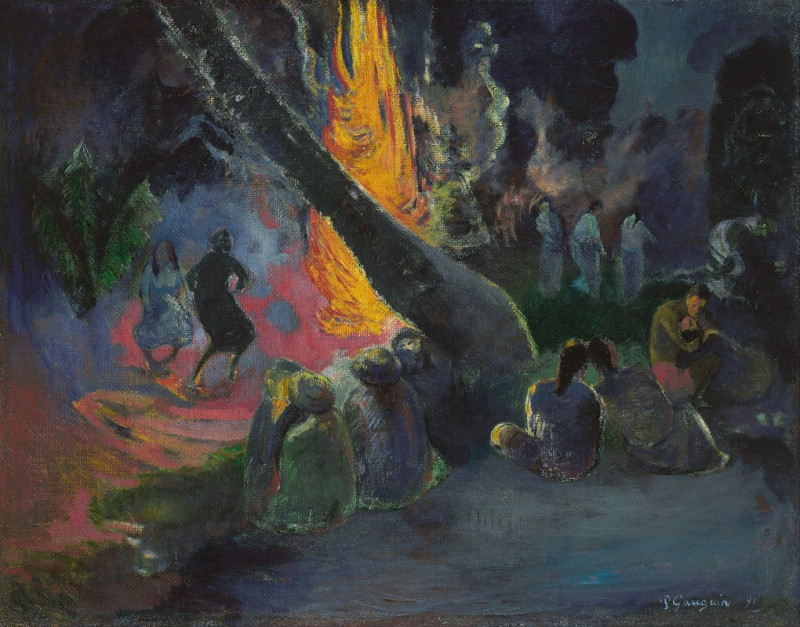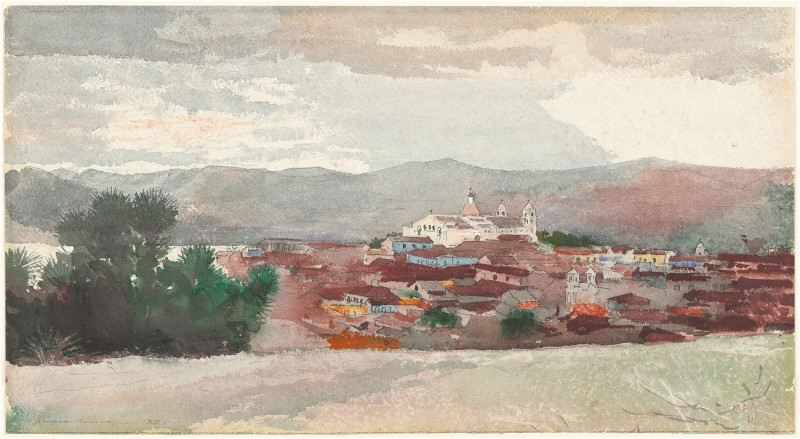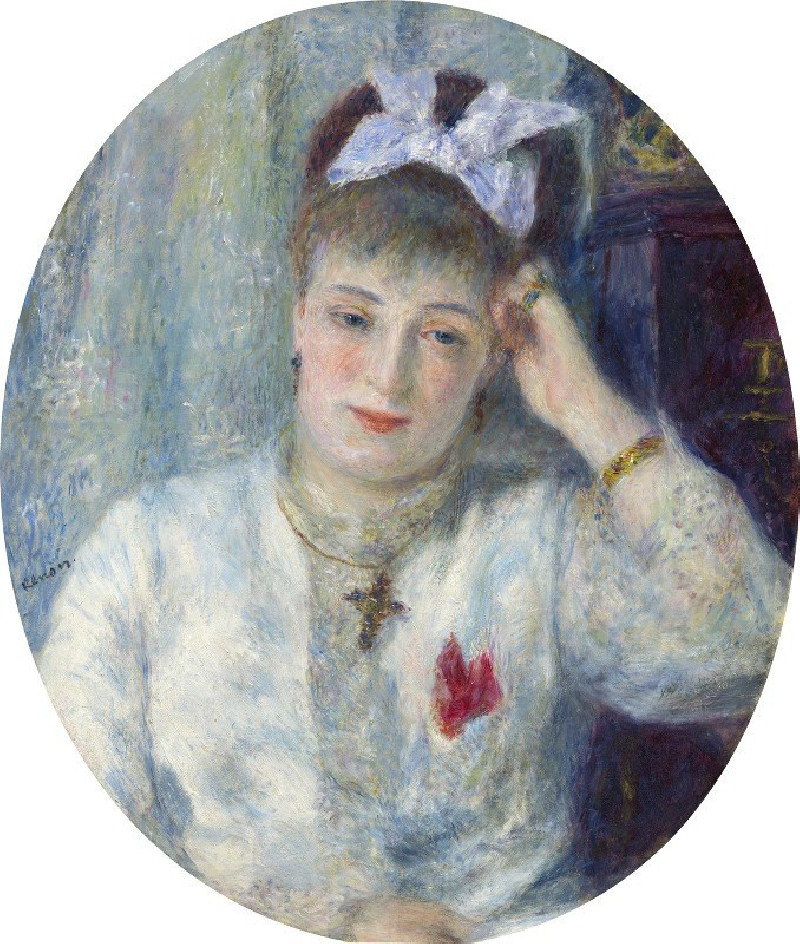Toni im Blumenbeet (1924)
Technique: Giclée quality print
Recommended by our customers
More about this artwork
Leo Putz's painting "Toni im Blumenbeet" (1924) captures a vibrant moment of leisure and contemplation amidst a lush garden. This expressionistic work is rich in texture and color, depicting a young woman named Toni, who is seated among densely packed flowering plants. The flowers are rendered with thick, vigorous brushstrokes in a palette of greens, yellows, and hints of red, showing the flourishing life of the garden.The central figure, Toni, is portrayed with a sense of intimacy and immediacy. Her downward gaze and the way she gently touches one of the plants suggest a moment of quiet interaction with nature. Toni's soft pink dress and light blouse blend harmoniously with her surroundings, emphasizing her connection with the garden.The background hints at a structure, perhaps a hint of a fence or a wall, blurry and abstract, focusing all attention on Toni and the immediate world around her. This painting not only showcases Putz's mastery of color and form but also evokes the serenity found in moments of simple pleasures.

